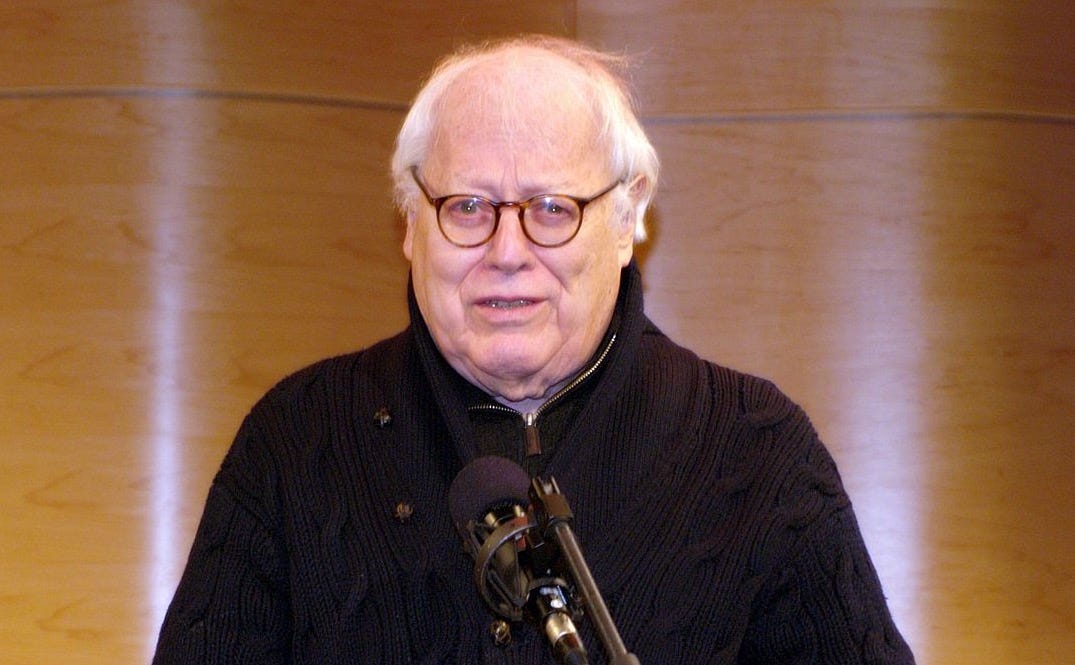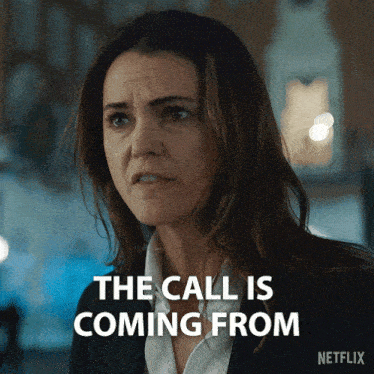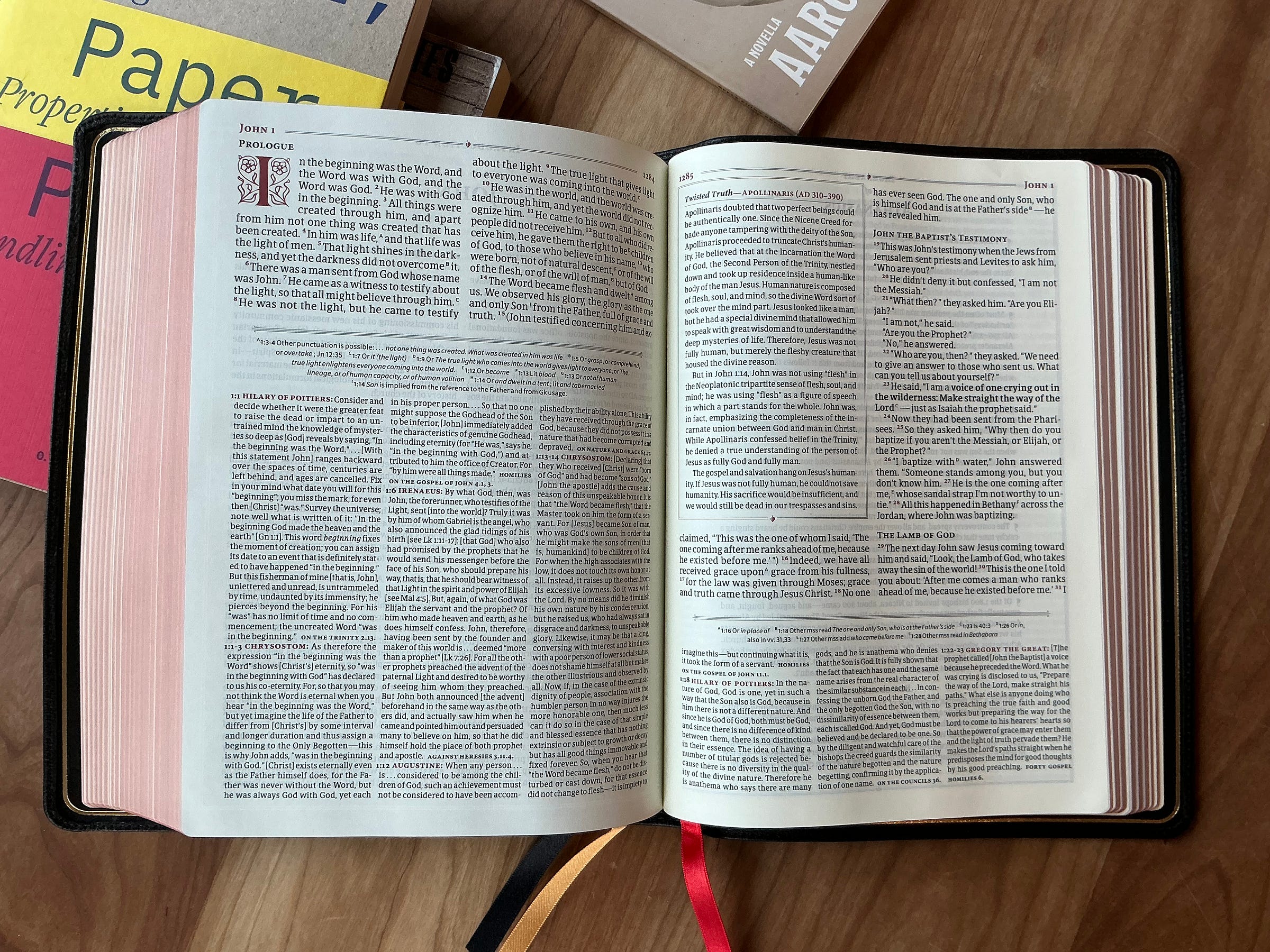Bookish Diversions: Forget the Paperback?
Paperbacks in Decline, When Paperbacks Were King, Art and Science of Paper, Goatskin!
¶ Paperbacks, RIP? Nonfiction trade paperbacks have a decently long and illustrious history. Is it over? You might think so, based on current trends.

“Readers who don’t want to spend $30 for a new hardcover nonfiction book can no longer count on the release of a lower-cost paperback edition,” reports Jeffrey A. Trachtenberg for the Wall Street Journal. “New adult nonfiction paperback titles tumbled by 42% from 2019 to 2024, to just under 40,000.” Hardcovers suffered as well, but only dropped 9%, to just under 20,000, by comparison. Still, look at these trend lines and try holding back the tears.
It’s not all bad news. I don’t have updated numbers handy, but audiobook sales have been surging in recent years and are projected to keep rising, so shift your despair into neutral and let it idle for the moment. But if you’re a fan of nonfiction trade paper, the time to register concern was a few years ago.
For what seems like ages now, the typical lifecycle of a nonfiction book included a year exclusively in hardcover and then a long-tail life in trade paper. Still, that’s never been true for every book. I worked at Thomas Nelson for over a decade. Many times, we’d publish new authors in paper and graduate them up to hardcover for subsequent books if sales proved robust enough. Other times, a hardcover might make a poor showing and never go to paperback because the demand wasn’t there.
That second reality seems far more pervasive these days, according to Trachtenberg’s reporting. Not surprisingly, the reasons involve a mix of parties—publishers, retailers, and consumers.
In other words, book people, we did it to ourselves—naturally, for good if lamentable reasons. As the cost of paper and other aspects of printing has increased, publishers have been raising prices. My new book, coming out this November, is a hardcover stamped $34.95! (Worth—I hasten to add—every darn penny. Just wait till you see it!)
Will it ever come out in paper? There are several factors at play involving all those folks I just mentioned. Let’s say the poor thing doesn’t sell well out of the gate (shudder). It’s not likely to get a second bite at the apple. Or, let’s say the publisher overprints. Same sad story. They’re not likely to print more in paper when they can’t move the original inventory. (Just typing these scenarios, by the way, has me slumping in my chair. Should I preschedule with my therapist?)
But there’s more going on here. These days publishers usually print to expected retail orders. They’ll speculatively overprint if they really believe in a title and want to ensure enough inventory in case the book launch goes as hoped (fingers crossed). But the retailers don’t want to tie up their cash in inventory, and tend to take a “wait and see” approach. If the marketing hits and the units start moving, they can always order more—unless, of course, the publisher didn’t print enough because the initial orders seemed small. Catch-22, and authors begin contemplating self-harm.
This is why authors are always pushing preorders. And this is also why I must revise my earlier statement about my book: Don’t wait to see it, for heaven’s sake! Buy now. If there’s no buzz around a book when it launches, it probably won’t get off the ground. And, given the dynamic above, the best kind of buzz for retailers and publishers is sales; the more pent-up orders, the less risky it is to buy and print more inventory. Authors need readers who buy books like people in Chicago vote: early and often. And if your recently departed brother also happens to want ten or twenty copies, we don’t discriminate.
Still, the paperback problem isn’t solved. As far as the paperback is concerned, this is all the pre-show. Even if hardback sales go well, as Trachtenberg points out, other factors might prevent it from taking the stage.
“I don’t think there’s any question that audiobooks and e-books are eating into the nonfiction paperback demand,” he says. Both formats are usually much cheaper than hardcover, and they’re available at the same time as the hardcover; so, cost-conscious buyers don’t need to wait for the paperback release. They’ve got other options, which is great. Power to the consumer!
As far as this author is concerned, I just hope my book gets out there in whatever format customers want most.
¶ When paperbacks were king! The slump in trade paperbacks is a good reminder that there have always been ups and downs in the industry. And the trade paperbacks were once on the up! “This is where the action is,” the Washington Post reported about the publishing biz in 1977.
Indeed. By 1985, the New York Times reported that trade paper publishing was “now seriously reshaping the world of book publishing.” That’s what the numbers showed. “The purchase of hard-cover books declined from 54 percent in 1978 to 46 percent in 1983, with a corresponding increase in the number of paperback titles” (emphasis added). These were the “glory days of the Great American trade paperback.”
The trade paper format took off in the 1950s, when a fresh-faced editorial assistant at Doubleday named Jason Epstein proposed publishing serious nonfiction in a larger paperback format than mass market pocket paperbacks. He suggested they be published on high-quality paper with exciting cover designs. The plan worked on paper, and Anchor Books was born. It worked at the cash register too.

“Anchor’s first four titles sold 10,000 copies each within two weeks,” says Mark LaFlaur. Knopf soon followed with Vintage, and Harper with Harper Torchbooks. It took a while for the impact to be fully felt, but the new format upended the existing publishing model. And, of course, the impact of paperback books goes even deeper if you look beyond trade paper.
¶ Speaking of paper! “It is often posited that the single most influential invention in the history of human existence is the printing press,” writes Gavin Ambrose. But that’s only half the story. “While printing is undoubtedly one of the greatest in innovations of the modern world, where would it be without paper? The lightness and portability of paper is what truly revolutionises printing and the exchange of ideas. The unassuming silence of paper in the history of humankind disguises its importance in open sight.”
Not anymore, thanks to the good folks at Itemzero. Paper, Paper, Paper: Making, Properties, Handling. It’s 216 pages of detailed description (and depiction) of the art and science of paper.
If you’re a paperphiliac of any sort, you’ll love the deep dive into the technology of paper making, the diversity of materials, methods, and tools, the ins and outs of paper properties—demonstrated in your hands because the book is printed on 22 different paper stocks—and the terms! Blistering, fluting, hickeys, pleats, mottle, creasing, breakage, scoring, plasticising! It’s all here. I should add: it’s only available in hardcover.
¶ Yes, but what about goatskin? I mentioned a recent conversation with
during which talked all things literature, including Bibles. He mentioned one that originally escaped my notice but which captured my interest the minute he mentioned it, the Ancient Faith Study Bible. Imagine my delight when one landed on my doorstep, courtesy of my generous interlocutor.First, it’s beautiful, bound in luxurious goatskin. But the real treasure is on the inside. The Bible features study notes taken from the Ancient Christian Commentary on Scripture Series edited by Thomas C. Oden, an ecumenical effort that involved Protestant, Catholic, and Orthodox scholars. So, as you move through, say, the Psalms or John’s Gospel, you can drop your eyes down and see what Chrysostom, Origen, Augustine, Gregory of Nazianzus, Clement of Alexandria, and others said about the passage in question. Goatskin not your bag? No worries; there are other binding options available.
Thanks for reading! If you enjoyed this post, please hit the ❤️ below and share it with a friend.
And! More remarkable reading is on its way. Don’t miss out. Subscribe for free today.





I miss the old pocket paperbacks and often look for them at used bookstores. These were typically 25-50 cents many decades ago and available at newsstands. Granted, many of these “pulp” paperbacks are not elevated reading, but they are often fun mysteries to read over a few hour train or plane ride, and they weigh next to nothing. I have tried but never got used to reading on kindle or phones. I love hardcover books but paperbacks have their place so it’s sad to see them dwindling away.
If I see a book I really like and will to refer to in the future, I want a hardcover copy. If it's a title I'll probably read once, I get the ebook. The speed and convenience is hard to beat. I do get annoyed at the price of new ebooks. Other than paying the author what he or she deserves, promotion, and editing, there isn't any production cost for paper, shipping, etc. Am I wrong about that?